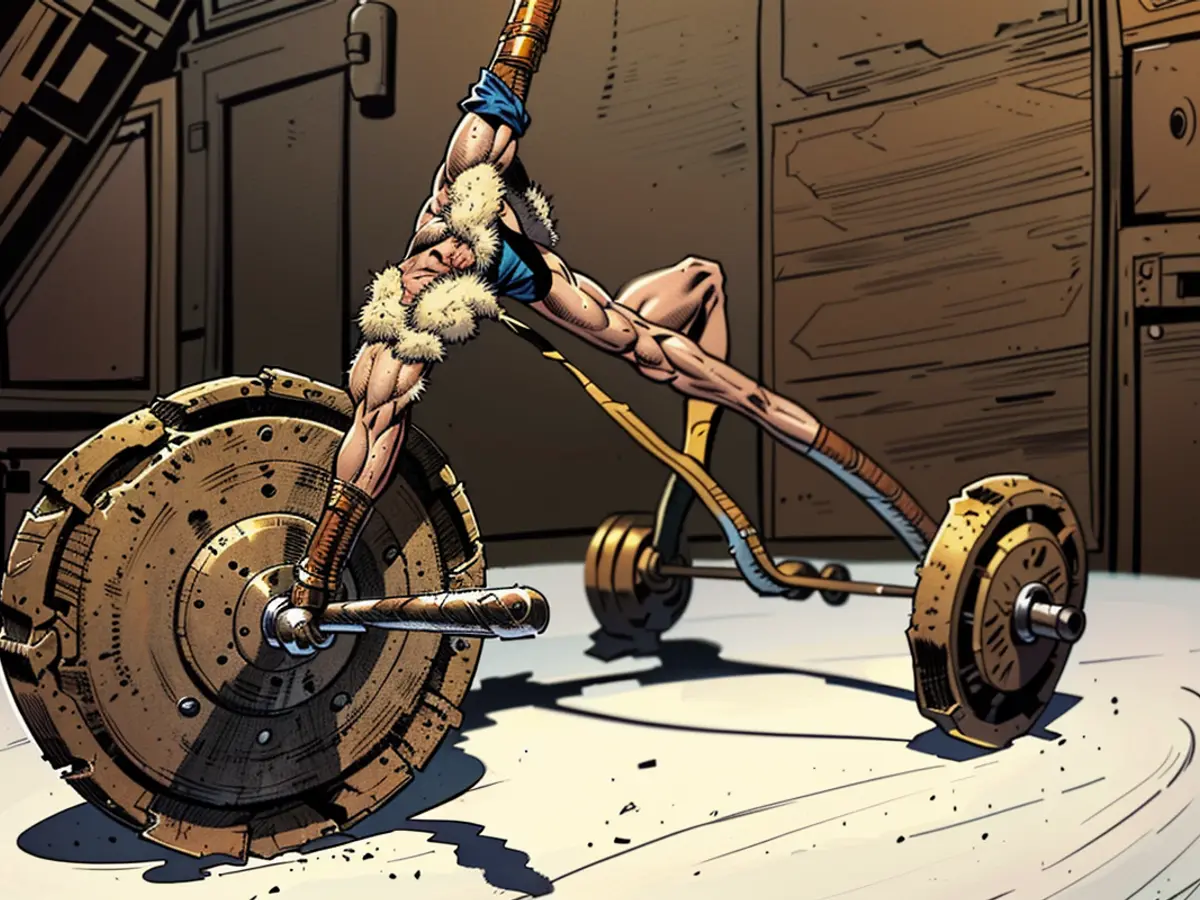Display of an Anti-Nuclear Symbolic Structure in Geneva
In August 1945, a young lad was cruising around Hiroshima on a tricycle. Unfortunately, this was the very day the United States unleashed the first atomic bomb upon the city. Regrettably, the lad didn't survive long after the blast. Now, his tricycle serves as a poignant reminder of this tragedy in Geneva.
The International Committee of the Red Cross Museum in Geneva houses a replica of the very tricycle. This is an exact copy of the one a three-year-old named Shinichi Tetsutani was riding on that fateful day. The boy's tragic fate was seal-marked when he succumbed to severe burns just hours after the bombing. His heartbroken family laid him to rest alongside the cherished tricycle in their garden.
Interestingly, it wasn't until 40 years later that they exhumed the boy's remains and donated the tricycle to the Hiroshima Peace Memorial Museum. This memorabilia was then transformed into an artwork. Two notable artists, Japanese artist Akira Fujimoto and American artist Cannon Hersey, grandson of John Hersey, were commissioned to bring this project to life. The cult classic "Hiroshima" was penned by Hersey in 1946, following his encounter with Hiroshima survivors.
The piece was funded by the International Campaign to Abolish Nuclear Weapons, awarded the Nobel Peace Prize in 2017. This heart-wrenching sculpture stands proudly as a testament to the horrors of nuclear warfare and the world's collective hope for disarmament. Hitomi Hasebe, a relation of the boy, expressed her sentiments at the unveiling in Geneva, stating, "We hope that children around the world can ride their tricycles peacefully."
The tricycle is now displayed in the International Committee of the Red Cross Museum in Geneva, hailing from the United States of America's Hiroshima Peace Memorial Museum. The tragic incident that claimed the life of a young boy named Shinichi Tetsutani on August 1945, occurred when the United States of America detonated the first atomic bomb in Hiroshima.






